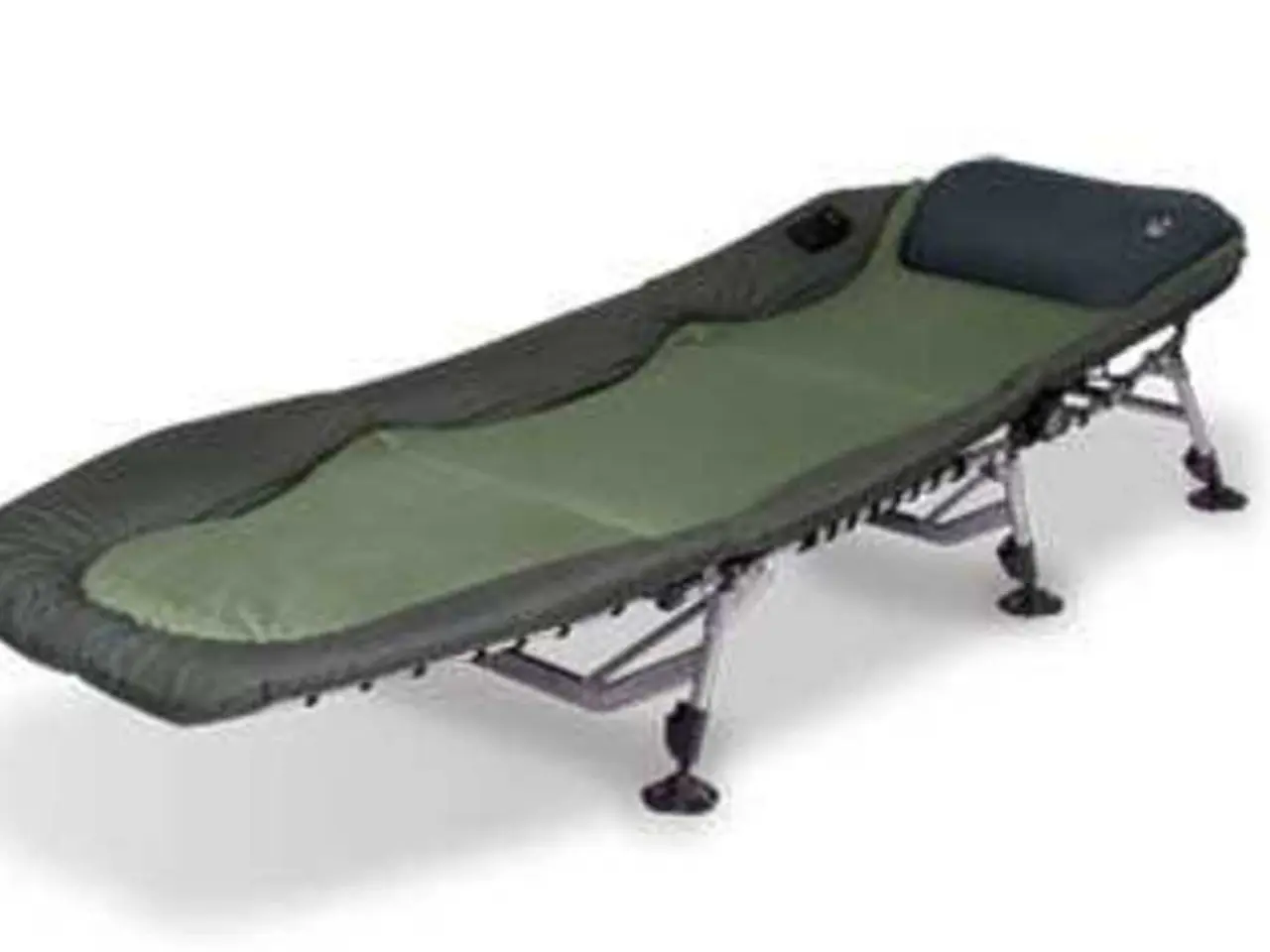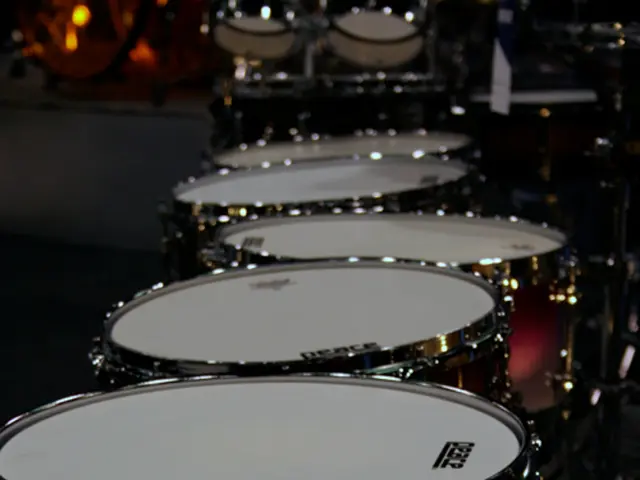Impactof Sports Walking on the Body: Exploring Physical Response, Technique, and Approach
Sports walking, a blend of moderate cardio, muscle strengthening, and joint support, is an accessible and effective exercise that can be integrated into daily routines. By adopting specific techniques and using appropriate equipment, individuals can create an efficient sports walking routine that enhances cardiovascular health, muscle strength, and joint support.
One such technique is Criss-Cross Walking, which involves crossing one foot over the other, creating an "X" pattern as you walk. This method enhances coordination, hip mobility, and balance by engaging additional muscle groups, particularly in the core and hips [2]. Another technique, Nanba Walking, originating from Japan, moves the same arm and leg in sync, promoting stability and energy efficiency. It reduces body twisting and enhances upper and lower body integration, making it more mindful and stable [2].
Proper posture and foot strike are crucial elements in sports walking. Maintaining an upright posture and aiming for a midfoot or forefoot strike can reduce impact on joints and improve efficiency.
Comfortable walking shoes with good arch support and cushioning are essential for reducing impact on joints. Waterproof and breathable materials can enhance comfort during various weather conditions. Walking poles, though more common in trail walking, can provide additional support and stability, especially for inclines or uneven terrain [1].
Appropriate clothing, such as breathable, moisture-wicking garments, keeps you cool and comfortable during walks. Fitness trackers or smartwatches can track your progress, monitor heart rate, and provide insights into your walking patterns and efficiency.
Incorporating inclines, mixing sports walking with strength training, and practicing regularly are additional tips for improvement. Walking uphill can increase cardiovascular challenge and muscle strength, especially in the legs. Strength exercises target muscle groups not fully engaged by walking, such as the upper body [4]. Consistency is key for seeing improvements in cardiovascular health and muscle strength.
To avoid overheating or overcooling, especially during long outdoor sports walking workouts, dress in layers that allow temperature regulation. Start at a light pace, gradually increasing it. The walking surface should be even and resilient. Arm work in sports walking improves balance and helps maintain tempo. The pulse zone should correspond to the level of physical fitness.
During sports walking, the muscles of the calves, thighs, buttocks, core, and shoulder girdle are actively engaged. Athletes in sports walking use an extended stride, specific foot placement, and active arm movement. The optimal frequency for sports walking is 5 times a week at a medium intensity.
Sports walking differs from regular walking in technique, rhythm, purpose, and movement biomechanics. Regular running shoes are not suitable for sports walking due to different biomechanics. Movement biomechanics in sports walking involve mandatory hip movement and controlled torso position.
Clothing should be light, breathable, and not restrictive during sports walking. Proper execution of steps in sports walking requires alternating phases of support with mandatory contact of one foot with the surface. In cool weather, layered sets that allow temperature regulation are preferred.
Warm-up and cool-down are mandatory stages of each workout. To achieve noticeable results in sports walking, training should be conducted on a flat and safe surface, with gradually increasing intensity, warm-up and cool-down sessions, and pulse control. Specialized shoes with shock-absorbing soles, good heel fixation, and arch support are necessary for sports walking.
The key to maintaining proper rules in sports walking is a straight leg. By combining these techniques and equipment recommendations, you can create an effective sports walking routine that enhances cardiovascular health, muscle strength, and joint support.
- To further engage core and hip muscles while sports walking, the Criss-Cross Walking technique could be combined with Nanba Walking, creating a routine that promotes stability and improves mindfulness.
- For those interested in sports walking as a means of health-and-wellness, it's important to consider using appropriate footwear that provides good arch support, cushioning, and is suitable for the specific biomechanics of sports walking, rather than using regular running shoes.




